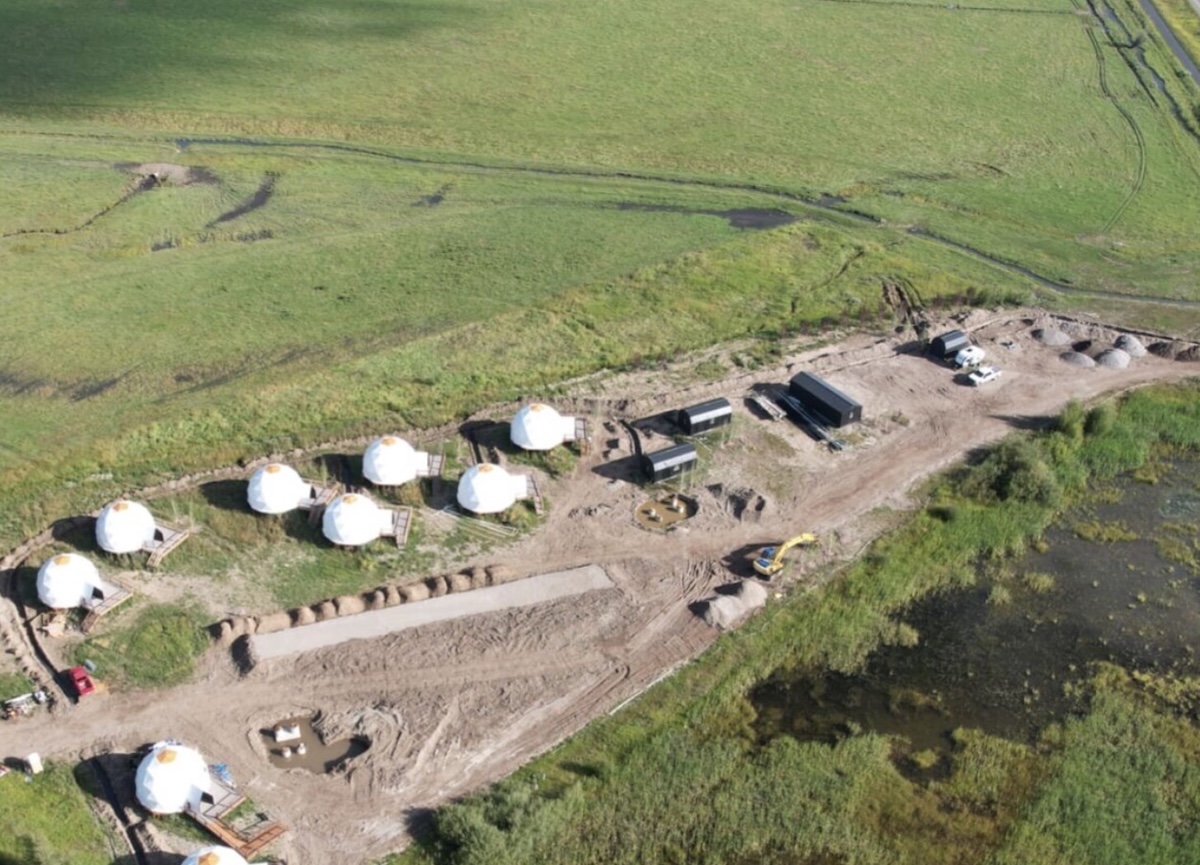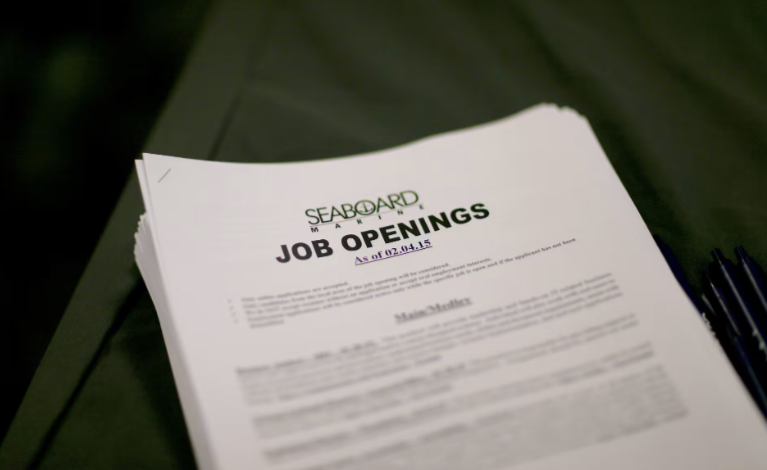US job openings rose unexpectedly in August, reaching 8 million, according to the Labor Department’s report released Tuesday.
This marks an increase from 7.7 million in July, defying economists’ predictions that openings would remain steady. The rise in vacancies, primarily driven by the construction and state and local government sectors, signals continued strength in the labor market.
Despite this uptick, the broader labor market has shown signs of cooling. Hiring activity has slowed, with employers adding an average of 116,000 jobs per month from June through August, marking the weakest three-month period since mid-2020. In addition, the number of Americans quitting their jobs—a key indicator of confidence in the job market—fell to its lowest level since August 2020, with 3.08 million workers quitting in August.
Job openings have been steadily decreasing since their peak of 12.2 million in March 2022, but they remain higher than pre-pandemic levels. The ongoing recovery of the economy from COVID-19, coupled with inflation control measures, has created a complex environment for employers and workers alike.
The Federal Reserve, which raised interest rates multiple times in 2022 and 2023 to curb inflation, has recently shifted its focus to the labor market. As inflation has dropped to 2.5% from its June 2022 peak of 9.1%, the central bank is now carefully monitoring employment trends to ensure economic stability. In light of the slowing job growth, the Fed made its first rate cut in four years last month, reducing its benchmark rate by half a percentage point.
Economists expect further insights into the job market when the Labor Department releases its September jobs report on Friday. Projections suggest that 143,000 jobs were added last month, with the unemployment rate holding steady at 4.2%.
Despite the labor market’s slowdown, layoffs remained low in August, and hiring activity, while muted, continues across some sectors. This balance suggests that while the US job market is cooling, it retains a degree of resilience amid changing economic conditions.
The Associated Press, CNN, Market Watch, and Bloomberg contributed to this report.









